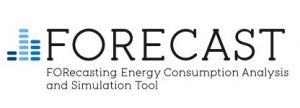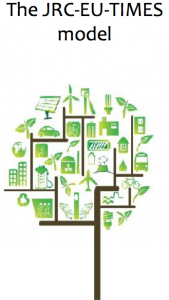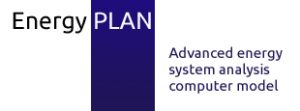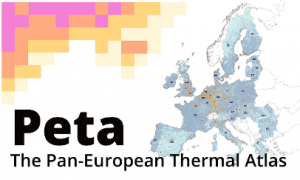Methodology
The Heat Roadmap Europe methodology has grown to include experts from various fields of energy efficiency and energy analysis, in order to be able to analyse the heating and cooling sector both in depth and in a wider context.
Representing the methodology as a step by step approach is overly simplistic, because it hides the iterative process of comparing potentials, costs, possibilities, and optimums. However, it does outline the different elements that are needed to produce the final Heat Roadmaps, and shows how the different models and expertise are used to create a coherent,
0. Build a starting point
Before making any changes, a starting point or reference model is created, so that the alternatives can be compared to something. In this project we use 2015 as a base-line and develop a 2050 Business as Usual (BAU) scenario.
1. Integrate heat savings
Using the FORECAST model, heat savings are implemented to the point where the cost of further savings equals the cost of supplying renewable heat. This is used in Peta to give a spatial dimension to the heat demands, and the energy planning models to allow for an integrated approach.
2. Comparing network solutions
The mapping done in Peta is used to identify the extent to which network solutions (like gas and district heating) are possible, and where alternative technologies for heating and cooling must be implemented. The results of this are later compared to the spatial availability of renewable energy sources, and are also transferred to the energy planning tools to provide for an integrated approach.
3. Comparing individual heating solutions
The results from Peta and FORECAST are used to determine the heat demand in areas where network solutions are not viable, meaning they must be heated and cooled by individual solutions. The energy planning tools are used to determine what the impact of different supply technologies is on the system.
4. Integrate more excess and renewable heat
Peta is used to determine the potentials and constraints of different supply forms. These vary from excess heat from industry or waste incineration, centralised renewable heat from solar or geothermal, bioenergy and solar energy potentials, and bioenergy potentials through biomass, biogas or gasification plants. The energy planning tools are used to incorporate these changes to the system and provide cost evaluations for steps 1&2.
5. Integrate more renewable electricity in the heating and cooling sectors.
The electricity resources are used as efficiently as possible. Where CHP or heat pumps are used, they are used to create synergies between the thermal and electric systems. Because of the fluctuating nature of some renewables, hourly modelling in EnergyPLAN is necessary to fully quantify the effects that the heating and cooling sector have on the energy system.
6. Optimising and developing Heat Roadmaps
This final step includes a variety of optimisations and checks to ensure that the final scenario is still the most cost-effective. These scenarios, together with the developments of the different technologies and sectors, are then analysed and used to develop the Heat Roadmaps for the 14MS.



